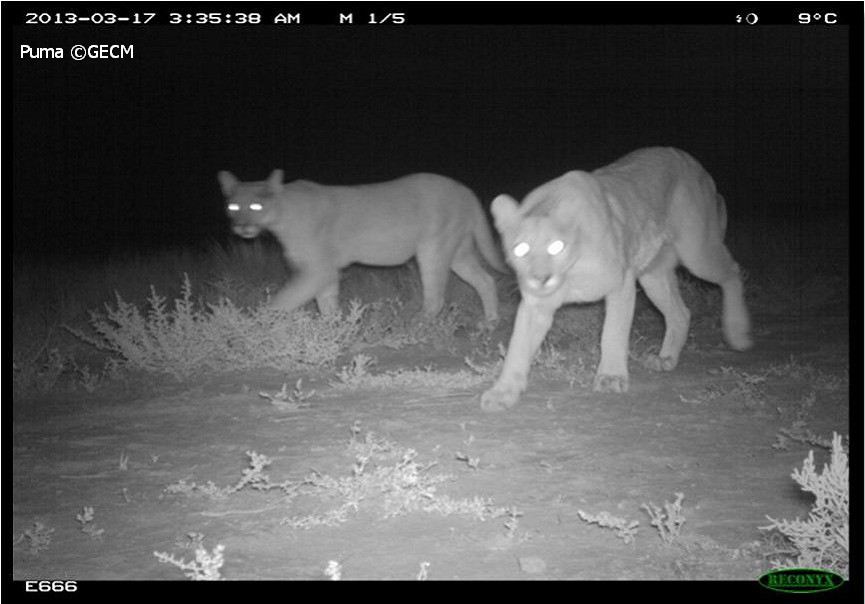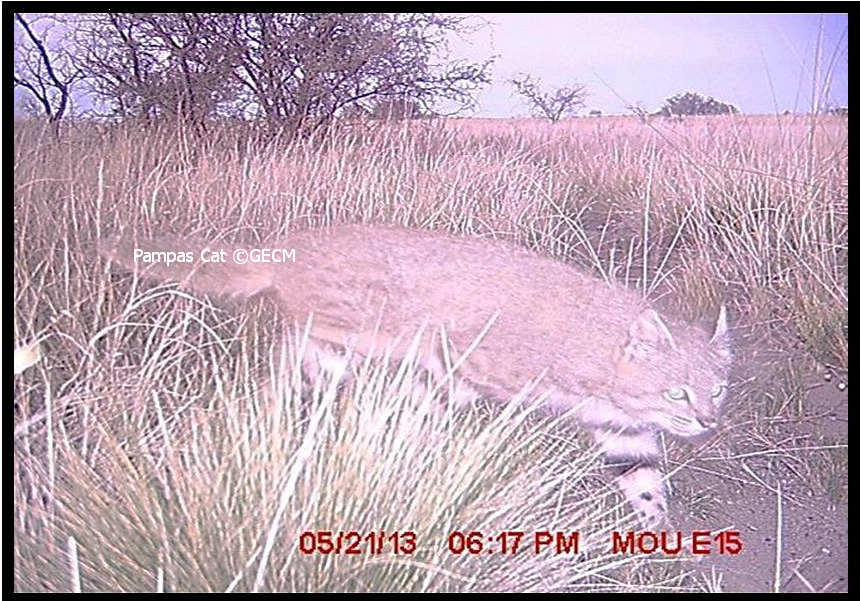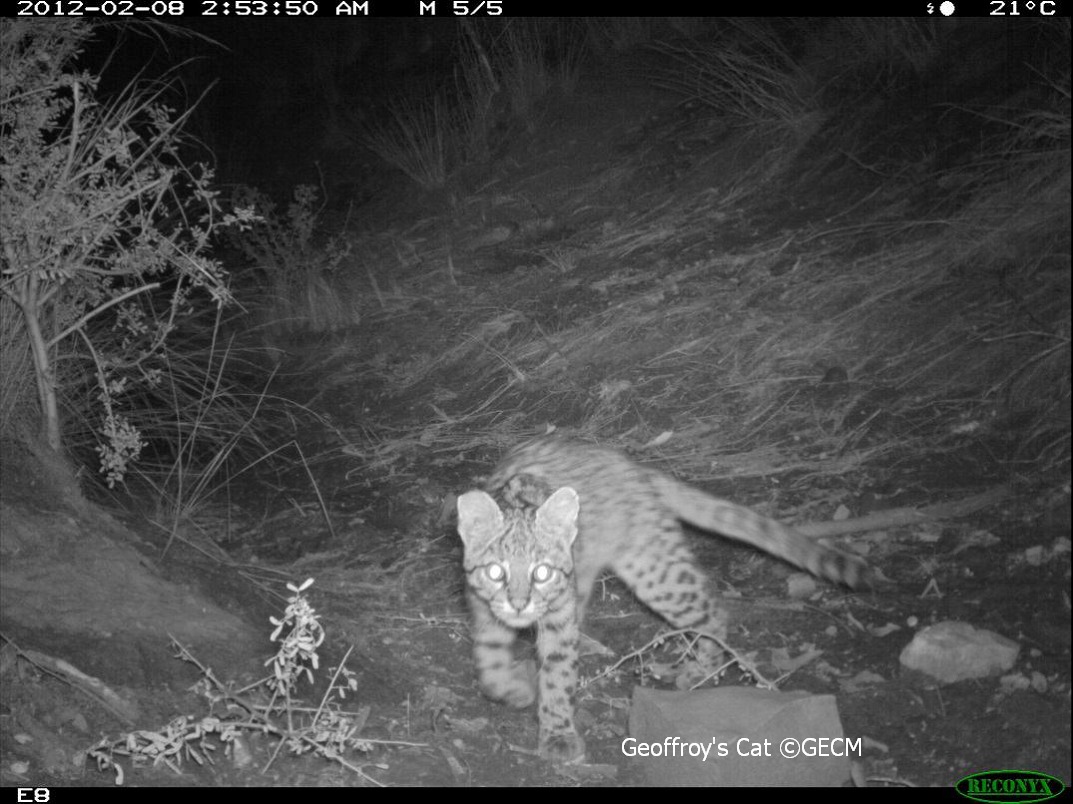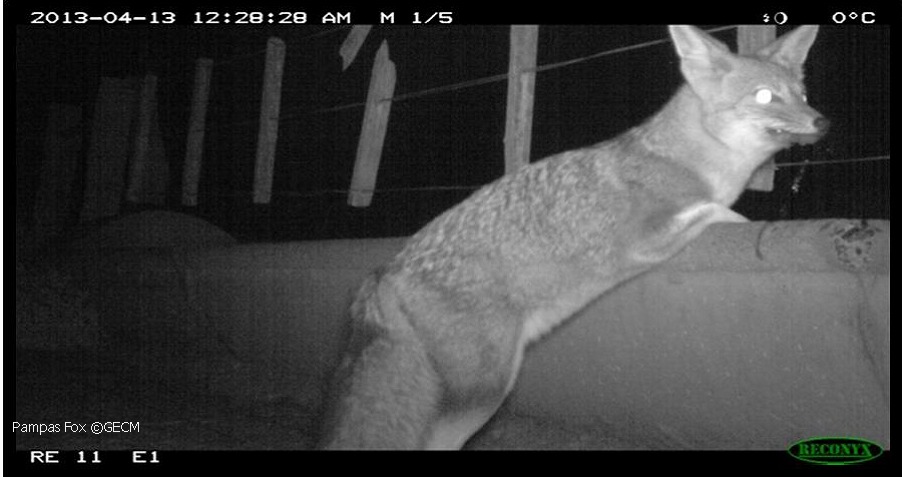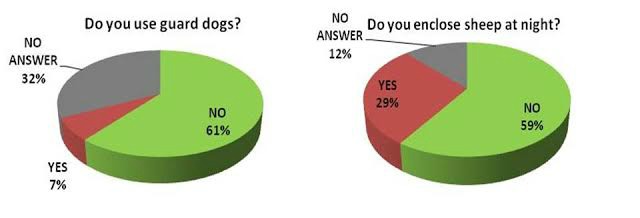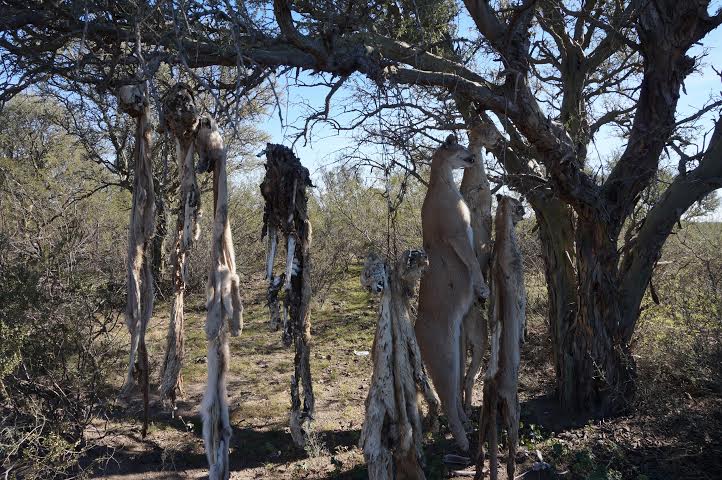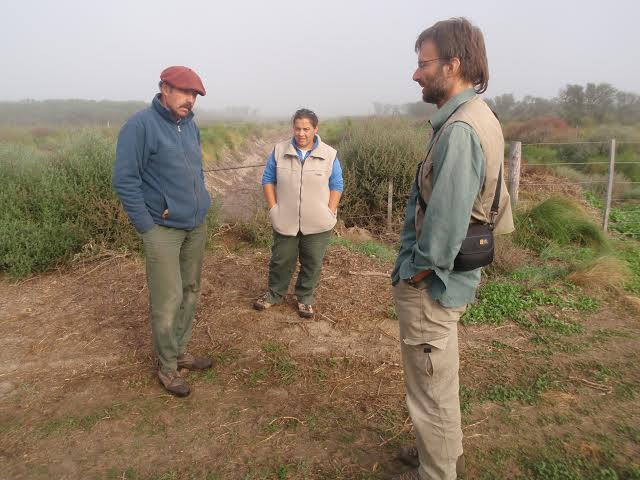What are our aims?
This project aims to produce much-needed information on the carnivore community occurring in the Espinal bushlands of central Argentina. In particular we aim to tackle the conflicts between livestock and puma Puma concolor, as well as identify and develop new tools to mitigate them, because the conflicts are threatening the survival of the local puma population. Also, we carry out public awareness campaigns with the aim of increasing the acceptance of carnivores by the society, and start a longer term process to design a sustainable management plan of carnivore populations in the region.
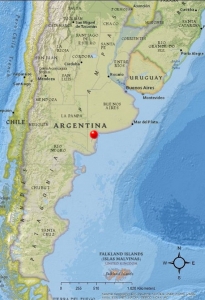 Where do we work?
Where do we work?
The study area is located in the Southwest of Buenos Aires province; more specifically corresponds to the area of two counties, Villarino and Patagones. This region covers over 25,000 km2 and represents the last relict of the Argentine Espinal in the province. This is a transitional area between grasslands, located in the center of Buenos Aires and Monte woodland habitats, found to the west and to the south. Topography is mostly plain. Climate is temperate arid, with mean precipitation of 350‐500 mm/year.
The region has experienced a marked transformation during the last decades due to the increase of agriculture and ranching activities, which are the most important regional sources of income. This fragmentation process has turned the original landscape into a mosaic of croplands and pastures with residual patches of original vegetation. From 1975 to 2002 logging decreased the percentage of woodland areas from 65% to 37%, and this trend continues. Because the proportion of the Argentine Espinal that is legally protected is extremely low (less than 0.1%), we are working on private ranches.
What have we done?
Since the beginning of 2013, we have carried out two different field activities: photo-trapping and interviewing local people.
Photo-trapping:
The objective of using this technique is to monitor the presence of different species of carnivores, including the puma, in the Espinal and use these data to construct models that allow us to understand how habitat fragmentation and other human activities influence carnivore distribution.
In order to select the sampling sites, random points were generated with a minimum distance of 6 km among them. Then, in each of those points, 5 cameras were installed with an approximate distance of 1.5 km among traps. Cameras worked continuously during 25 days in each site. From March to May we set a total of 12 monitoring sites with 5 cameras each one (total of cameras used: 30).
This protocol had already been applied the previous year and so far we have a completed a total capture effort of 7054 trap-days and collected 196 photos of Geoffroy’s cats Leopardus geoffroyi, 8 of Pampas cats L. colocolo, 45 of pumas, 547 of Pampas foxes Pseudalopex gymnocercus, 75 of Molina’s hog-nosed skunks Conepats chinga and 2 of lesser grisons Galictis cuja.
These proportions represent the following percentages of detection in the cameras:
Lesser Grisson Galictis cuja 0.82
Geoffroy’s Cat Leopardus geoffroyi 36.9
Pampas Cat Leopardus colocolo 2.9
Puma Puma concolor 11.5
Molina’s Hog-nosed Skunk Conepatus chinga 16.8
Pampas Fox Pseudalopex gymnocercus 44.7
These data show that the Pampas fox, the most adaptable carnivore of this guild, is the most widespread carnivore of this guild, but also that pumas and –especially– Geoffroy’s cats are still relatively common throughout the region. The Pampas cat would be quite rare but not as rare as the jaguarundi Puma yagouaroundi, for which we have been able to record only verbal reports of presence by a few local ranchers.
Interviews with local people:
This method was applied with the primary objective of identifying and quantifying the damage/impact produced by the carnivores in the region. Also, this technique allowed us to identify hunted pumas and foxes by the stakeholders and estimate, approximately, the rate of killed animals per year.
The interviews were done from June to September. During this survey, 2 students of the International Master Degree program of Sherbrooke University (Canada) collaborated with our team and, the data collected were used for their Master’s final work. In total we carried out 59 interviews in all the study area.
The preliminary results show that rural people think that the carnivores represent the biggest reason for economic losses.
Athough pumas and foxes were the carnivore species most blamed for livestock losses by local ranchers, many of them had suffered no attacks during the previous year.
Additionally, the information about the husbandry practices adopted by ranchers suggests that their improvement might be a way to mitigate the carnivore-livestock conflicts in the region.
Unfortunately, the most commonly cited measure to effectively reduce the losses from predation was predator control aiming to reduce carnivore population numbers, whereas changes in husbandry practices were considered much less effective and only a small number of ranchers thought that economic compensation by the government was a solution.
We took advantage of the interviews to collect puma’s genetic samples. Muscle or skin samples were collected to understand the population dynamics and to collaborate with an international genetic project (International Barcode of Life – IBOL) that aims to obtain the genetic barcode of all the species in the world.
We also started gathering information from livestock predation sites, which are important to create a spatial model that describes the environmental or anthropogenic factors favoring puma’s predation on livestock and to identify the selection of areas for mitigation process.
In conclusion, all the information collected supports our initial hypothesis that the Espinal region of Buenos Aires province still hosts a diverse and widespread community of carnivores, but also the perceptions that the situation is deteriorating rapidly because of the joint effect of retaliatory killing (related to an intolerant attitude by local ranchers) and habitat loss (related to logging to make space for agriculture). The top predator of this region, the puma, with its relatively low reproduction rates and wide space requirements, may not be able to survive these threats.
The Future
Until now, we have been doing the hard work collecting data in the field, and now need to start extracting information in order to understand the dynamics of conflicts in our region.
Our long-term objective for the next steps is to make all that information available and to propose mitigation actions to decrease the level of conflict between human and carnivores in our study region not only to the local people but also to the governmental agencies which are the responsible for taking decisions. In order to achieve this goal we are planning to carry out participatory workshops with ranchers and people from government in 2014. However, to be able to provide reliable and sound information, we have to continue our field survey focused on determining the magnitude of the conflicts and the factors –both ecological and anthropogenic– affecting them.
Team members
Dr. Mauro Lucherini – Dra. Estela Maris Luengos Vidal
Dr. Diego Castillo – Lic. Nicolás Caruso – Lic. María de las Mercedes Guerisoli
Grupo de Ecología Comportamental de Mamíferos (GECM),
Universidad Nacional del Sur, Argentina
